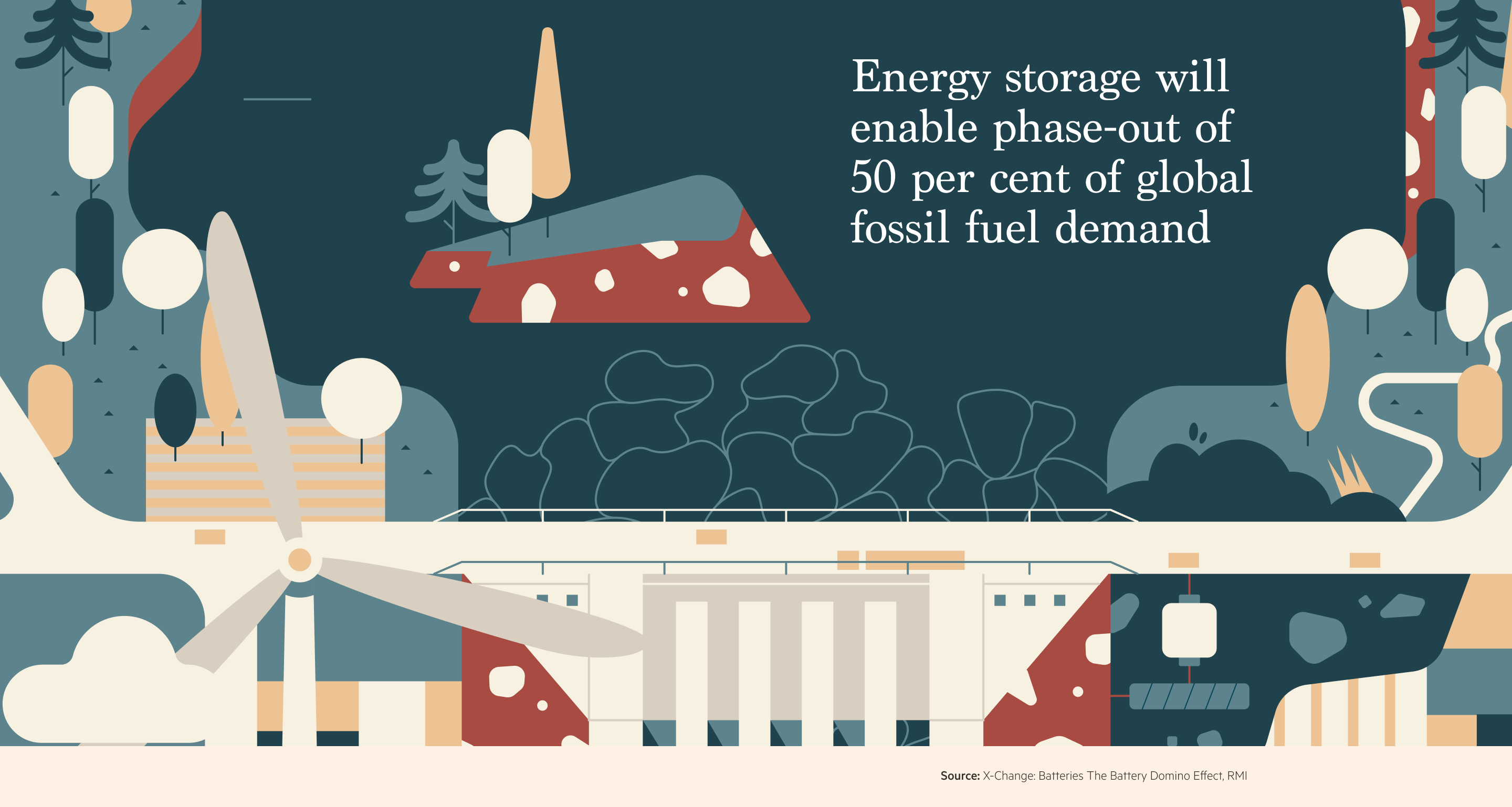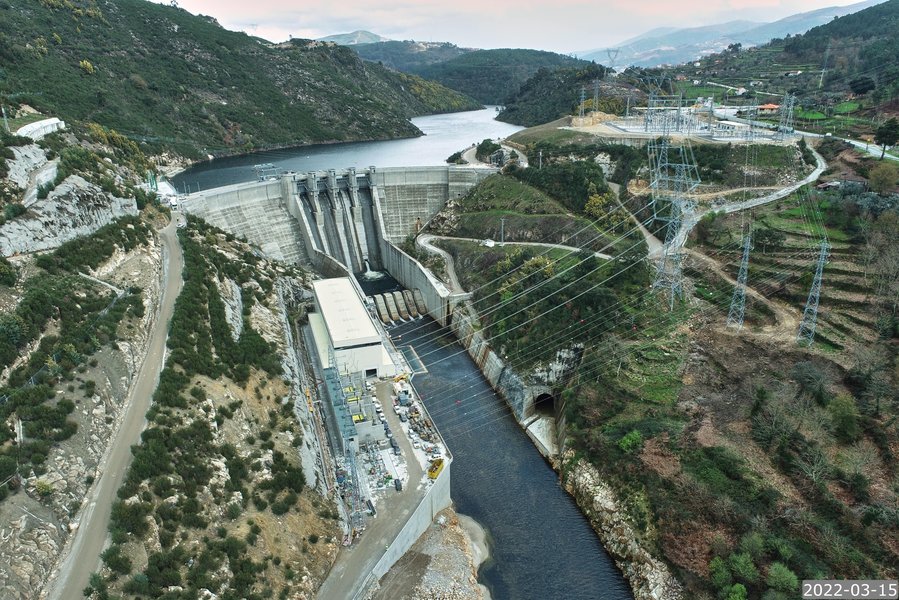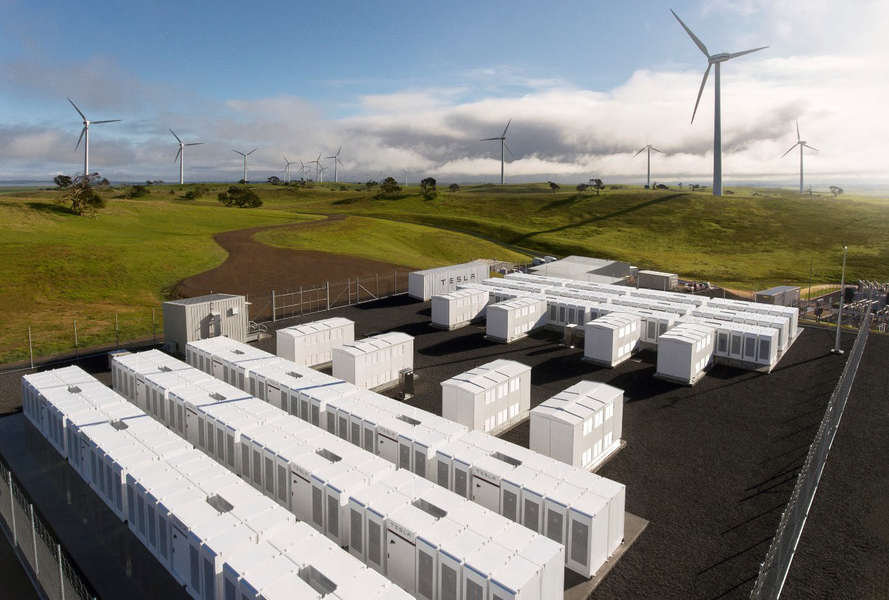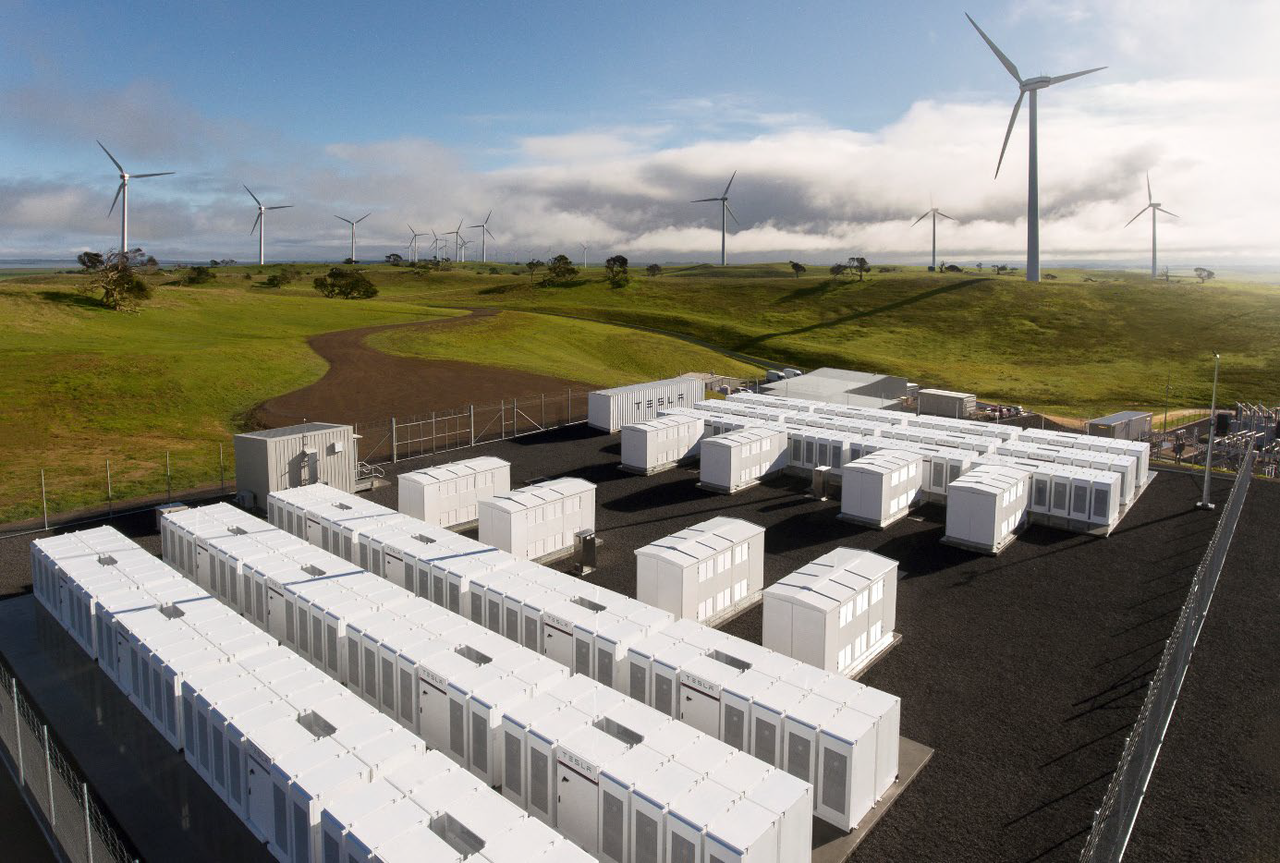From pumped hydro to thermal systems, greater investment in energy storage technologies is vital in the push to meet climate goals
Harnessing the vast capabilities of renewable energy sources such as wind and solar hinges on a critical component: energy storage. As we shift to a greener energy mix, derived from generation systems devoid of pollution, energy storage solutions could be the tool in overcoming challenges such as peak energy demand and grid stability.
According to a study by RMI, energy storage will enable the phase-out of 50 per cent of global fossil fuel demand. Broken down that is: 18 per cent from road transport, 35 per cent from electricity generation and another 4 per cent from other transport sectors. These numbers underscore the importance of advancing and deploying efficient, cost-effective storage solutions at scale.

One of the most significant challenges with renewable energy sources is intermittency: wind and solar power generation fluctuate according to weather conditions, creating a mismatch between supply and demand on the grid. Energy storage helps bridge this gap by allowing excess renewable electricity to be stored during periods of high generation and used when needed later, effectively decoupling production from consumption.
“Once you’ve installed solar and wind, it’s going to generate power for a very long time… but it only becomes reliable when you pair it with storage,” says Sam Wilkinson, Director, Clean Energy Technology at S&P Global Commodity Insights.
Different storage technologies offer distinct capabilities, depending on their intended application. Short-duration power applications, such as quickly adjusting electricity supply to meet sudden changes in demand, require rapid response times measured in seconds or minutes. In contrast, extended energy applications, such as storing surplus solar energy during the day for use at night, demand storage that can last for several hours or even days. Achieving a 100 per cent renewable power system would require storage capacity spanning multiple days.
The required amount of storage fluctuates primarily depending on the level of renewable energy integration into a system. Factors such as the balance between wind and solar PV capacities, the phasing out of traditional generation sources, and the existing storage capacity or demand-side resources also play significant roles. As renewable energy constitutes a greater proportion of the energy mix, there is a need for extended storage durations to enhance grid flexibility and maintain balance.
The graph below illustrates this relationship, showing how higher levels of renewable penetration necessitate storage solutions that can deliver energy for extended periods.
Current energy storage technologies
Pumped hydroelectric and battery systems are today's two most widely deployed energy storage technologies. “As the shift to a cleaner energy mix accelerates, these proven technologies form a solid foundation to build on,” says Pilar González, Head of Technology Prospects at Iberdrola. “They are vital for integrating renewable energy sources into the grid, and are the only commercial solutions today due to their efficiency, scale and maturity.”
Both technologies provide benefits such as moving energy consumption to off-peak hours, reducing peak electricity demand, and storing excess renewable generation for later use.
Pumped hydroelectric storage
Pumped hydro is the most mature and widely used form of large-scale energy storage globally. It works by pumping water from a lower reservoir to an upper reservoir during periods of excess electricity supply, effectively storing energy in water held at a higher elevation. When power is needed, the water is released back to the lower reservoir, driving turbines to generate electricity. According to the International Hydropower Association, pumped hydro accounts for 175GW of installed energy storage capacity worldwide.
Iberdrola's €1.5bn Tâmega hydroelectric complex is one of the largest energy initiatives in Portugal's history. It will consist of three dams, three power plants and two wind farms. With an installed capacity of 1,158MW, the complex is expected to produce 1,766GWh per year, enough to meet the energy needs of 440,000 homes. Its projected storage capacity of 40mn kWh is equivalent to the energy consumed by 11mn people in a day.
“Although it is a 100-year-old technology, pumped hydro is having a renaissance right now, with many new greenfield expansion or brownfield projects being announced in countries including China, India, Australia, the US, Austria and Spain,” says González. “It remains the most competitive technology for long-term energy storage, and we’re continuing to see innovations to enhance flexibility and expand the locations that are viable to this technology, which is key.”
Battery storage
For shorter-duration applications of up to around four hours, battery systems, particularly those based on lithium-ion (Li-ion) technology, have emerged as a competitive storage solution. Their high efficiency, fast response times and rapidly falling costs have led to their growing use in many areas, including emergency power systems, consumer electronics and mobile devices. Li-ion batteries store energy through chemical reactions, using the high electrochemical potential of lithium to achieve high-energy density, meaning larger quantities of energy contained within a smaller volume of material.
“Lithium-ion has become the [battery] technology to beat,” says S&P’s Sam Wilkinson. Indeed, its Li-ion’s ubiquity in the battery-storage market raises the question of the place for other developing battery technologies in providing diversification and de-risking supply chains. “Because it’s dominated by the electric vehicle industry, the lithium supply chain has the risks of shortages and price volatility that have occurred some years ago. So there’s interest in using other technologies.”
Sodium-ion (Na-ion) batteries are a viable and exciting potential alternative to lithium-ion systems, especially for stationary applications. Made from abundant, low-cost materials such as sodium, iron and carbon, Na-ion batteries offer comparable performance to Li-ion batteries while providing improved thermal stability, faster charging and a projected 10 per cent lower cost per unit of energy stored.
Although Na-ion batteries are less energy-dense than Li-ion, they are well suited to stationary storage applications where factors such as cost and durability are more important than size and weight. Several major manufacturers, including CATL, BYD, Natron and HiNa, have announced plans to produce Na-ion cells for electric vehicles and grid storage applications.
Iberdrola Australia’s Lake Bonney 25MW battery is co-located with the Lake Bonney Wind Farms near Millicent in South Australia. Energised in 2019, the lithium-ion battery storage system helps smooth the intermittency of renewable resources, with 52MWh of electricity stored when fully charged, ready to be dispatched when needed.
Emerging technology
There are numerous long-duration storage technologies under development that could be commercially available in five to ten years.
To compete with batteries or pumped hydro, technologies will need to scale up rapidly and reduce material and equipment costs, which will be a challenge. Developing technologies include electrochemical, mechanical and thermal storage.
Thermal energy storage is a mature technology which is gaining traction and moving to deployment stage. This technology is particularly important for decarbonising (removal or reduction of carbon dioxide output into the atmosphere) industrial heat. Industrial heat accounts for around 20 per cent of global final energy demand and 10 per cent of global greenhouse gas emissions, making it a critical target for decarbonisation efforts.
Thermal energy storage systems store heat in materials such as molten salts, ceramics or concrete. This stored thermal energy can then be used directly in industrial processes. By enabling the integration of renewable energy sources into industrial heat production, thermal storage offers a promising pathway to reducing the carbon footprint of hard-to-abate industrial sectors – those that are difficult to decarbonise using conventional methods.
Thermal energy storage boasts several key advantages, including:
- High storage capacity in compact spaces
- Long storage durations lasting hours to days
- Versatility, with applications in both direct heat and electricity generation
- High efficiency, reaching up to 90 per cent
- Significant decarbonisation potential for industrial heat
Despite these compelling benefits, the adoption of thermal energy storage faces some hurdles. Having a grid connection is one of the main challenges, as well as limited awareness among potential customers and regulators, a lack of supportive policies and incentives in some regions (including the EU), and the need for more real-world projects to demonstrate the technology's performance and reliability.
An energy storage roadmap
A recently announced investment plan by Iberdrola shows the commitment energy companies are focusing on, including a renewed focus on storage technologies, highlighting its vital role in supporting the integration of renewables and providing grid flexibility.
2024-2026
*Total organic investment
Challenges and opportunities for energy storage adoption
Despite energy storage's tremendous potential, several barriers must be overcome to achieve adoption at the scale required to meet goals on decarbonisation and reaching net zero – the point at which total greenhouse gases emitted to the atmosphere are negated by an equivalent amount of greenhouse gas removal.
One major hurdle is the lack of well-designed market mechanisms, clear policy signals and targeted incentives. Although a study by the International Renewable Energy Agency (IRENA) has shown that increased storage deployment can reduce overall system costs in a renewables-dominated grid, projects often struggle to secure stable revenue streams and achieve economic viability under current market structures.
To accelerate the deployment of energy storage technologies, policymakers and regulators must prioritise development of supportive frameworks that recognise and reward the full value of storage in decarbonised power systems. As technology costs continue to fall, and the penetration of renewable energy rises, creating the right market conditions will be essential.
Energy storage technologies are vital to achieving net zero in line with the goals of the Paris Agreement of cutting emissions by 45 per cent by the year 2030. From pumped hydro and batteries to emerging solutions such as thermal storage, investment in these areas is crucial for integrating renewables, ensuring grid stability and ultimately achieving climate goals. By addressing obstacles and creating a favourable environment for energy storage adoption, a sustainable energy future will be a realistic and attainable goal.




